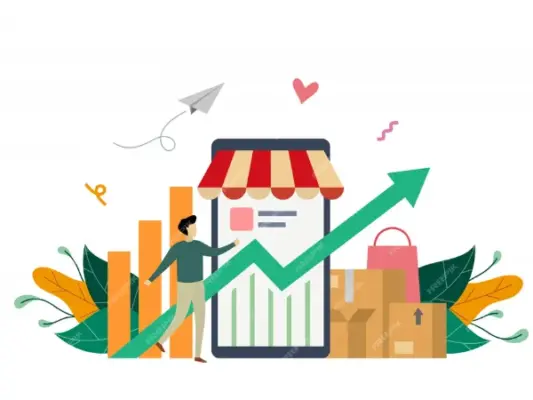
There are a lot of moving parts involved in creating the perfect content marketing plan. You have to consider staffing, persona development, content themes, and so much more. But how do you put it all together? When it comes to content, the most common question I get asked is: “How do you get started?” What are the elements of a well-run content marketing machine?
That’s why we’ve created a handy (and interactive) template, our Content Marketing Tactical Plan—to help you put some structure behind your content plan. To lay the groundwork, here’s what you’ll need to map out:
Ownership and Staffing
To start creating your content plan, the first thing you’ll need to do is assign ownership. You need to ensure that you have an assigned staff member who can uphold quality standards and consistency. You also need to assign someone to manage the responsibility of strategy, project management, writing, copyediting, and cross-functional coordination.
Buyer Persona and Buyer Journey Development
You want to know who your customers are and what their buyer journeys look like. A buyer persona can be defined as a representation of your ideal customer. You need to create personas in order to determine who you are marketing to and the best way to speak to them through your content. And a buyer journey maps your buyer’s decision making process during a purchase. This gives you a solid foundation to map content to each persona and each step in the buyer journey.
Content Arcs and Themes
Once you have a good sense of your personas and buying journey, it’s time to decide what to write about! Consider breaking your content planning into quarterly or bi-yearly themes or arcs, and then make sure your content is executing against them. Note that you may also have yearly initiatives to focus on, so include those in your planning as well.
Editorial Calendar
Your editorial calendar should outline what is going to be produced—and when. This can be done in Google Calendar or any other calendaring tool. The key is to provide content visibility cross-functionally throughout the marketing organization. Additionally, you can line up content creation with business initiatives and demand generation campaigns.
Content Type Planning
Now that you have a plan, you need to ask yourself: what are you going to create and in what form? How many assets will you create each month for each stage of your sales funnel? Which of your team members will take ownership of each content type? We encourage you to try out different types of content to learn what your audience likes. Do they read ebooks, or do they prefer videos or slide decks? Creating and testing a variety of content will help you make informed content type planning decisions.
Content Promotion
Your content should be the fuel for all of your marketing programs. Whether the program is an email sent out to your database, a pay-per-click ad, or a social campaign, your content can be the associated offer that drives conversion. Think about all of the various channels—email marketing, social media, your website, and more. These can all be leveraged to promote your assets, drive lead generation, and nurture leads throughout your sales funnel.
Content Metrics
Now it’s time to measure your results. There are many things that marketers can measure when it comes to content marketing, depending on your business priorities. We suggest you map your content metrics to the stages in your sales funnel. You will have different content metrics at each stage—for early stage content, you might measure traffic and shares, but for mid stage content, you might look at multi-touch pipeline attribution.
Now you have a framework to follow to create your content strategy. Ready to put more color around each item? Download our brand new Content Marketing Tactical Plan to take your content planning to the next level.